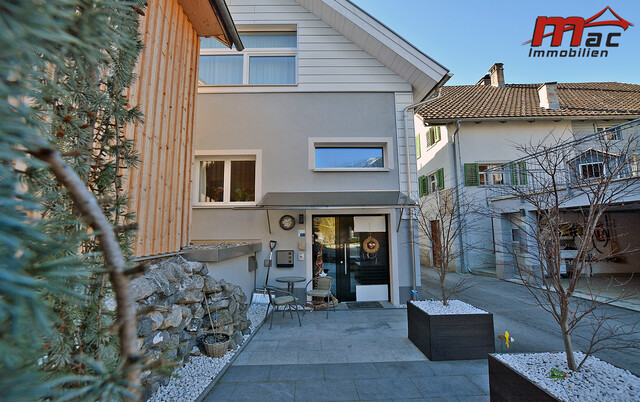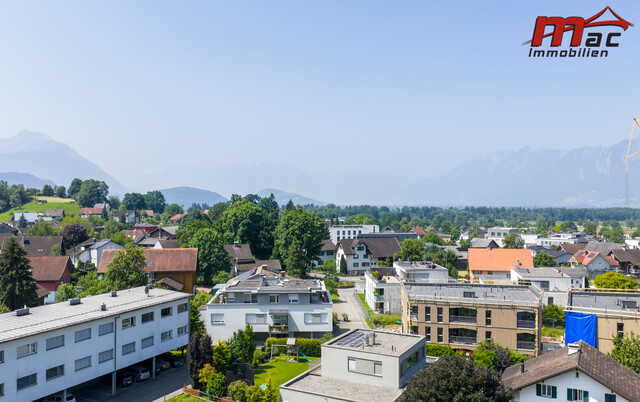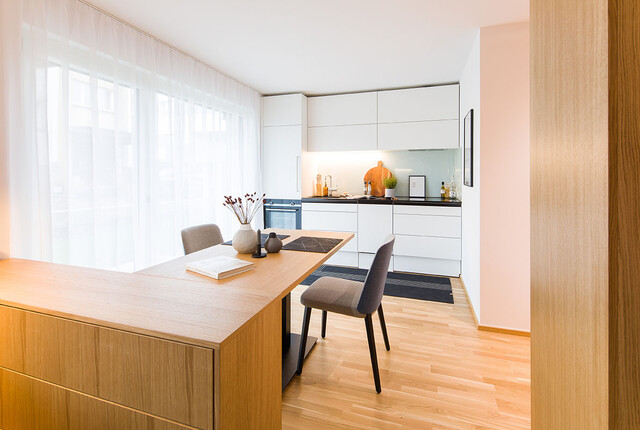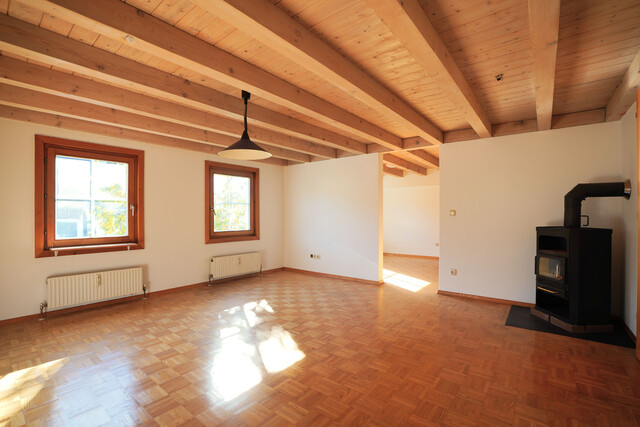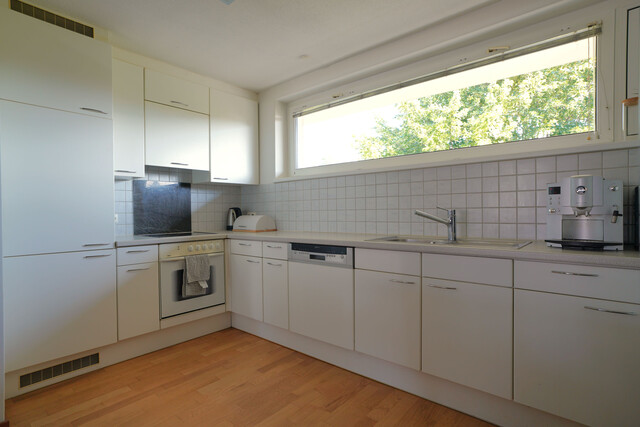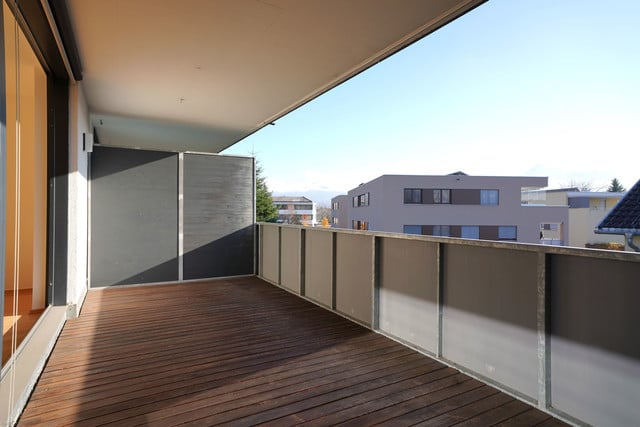Sustainability Increasingly in Focus: The Major ÖAMTC Tire Test
Safety remains the decisive criterion for consumers when buying tires. As the selection of safe products continues to grow, other factors are now coming into focus, as ÖAMTC technician Steffan Kerbl explains: "Specifically, the question of how many kilometers a tire lasts before you need a new one is often asked. In addition to economic aspects – the higher the wear, the more often you need new tires – an increased awareness of sustainability also plays a role."
Good Grip and Low Wear: Both Together Are No Longer a Pipe Dream
The mobility club has therefore subjected 160 tire test results since 2023 (when the environmental balance was introduced as a new criterion) to a closer analysis regarding the abrasion of the individual models. "It has been shown that there are still significant differences between the individual products. At the same time, some manufacturers have now managed to resolve the classic conflict of objectives – 'either tires offer good grip or low wear, never both'," summarizes the ÖAMTC tire expert. All tire brands that were represented at least five times in the past tests were evaluated.
High-Priced Tires Lead in the ÖAMTC Test
The least abrasive tires by far come from Michelin: the tires of this manufacturer lose an average of 52 milligrams per kilometer and ton of vehicle weight. In second to fourth place: Hankook (62 mg/km/t), Continental (63 mg/km/t), and Goodyear (65 mg/km/t), other premium manufacturers whose products are largely in the upper price segment. "However, price alone is not decisive – so far, neither Pirelli nor Bridgestone have managed to offer safe and at the same time low-abrasion models on average," Kerbl clarifies. In last place is the brand Firestone, which can hardly score in terms of the environment with an average of 82 mg/km/t.
Expert: High Durability Leads to Decrease in Tread Depth
There are now indeed tires that are convincing both in terms of safety and durability. A very positive development, as Kerbl explains: "In road traffic, safety should always come first – also to protect other road users. At the same time, the topics of sustainability and environmental protection are rightly gaining more and more importance." Good for consumers: Less abrasion means less wear, i.e., you save money because you need new tires less often, and at the same time, you protect the environment.
In this context, the ÖAMTC expert also dispels a myth: "We are repeatedly asked whether it is okay that new tires have noticeably less tread depth than before. We can reassure you: It is indeed the lower wear that leads to modern tires wearing out significantly slower – more tread is therefore not necessary because most people cannot wear it down within the 'natural' lifespan of the tires anyway." By the way, less tread also means less weight, which in turn helps save fuel.
Emission Standard Euro 7 Also Affects Tire Manufacturers
The fact that the tire industry places such importance on the topic of abrasion also has a political background: From 2027, the new Euro 7 emission standard will apply. "The previous Euro standards have mainly referred to engine emissions. From 2027, tires will also be included – it is essentially about how much rubber and other abrasion per kilometer is allowed to enter the environment," explains Kerbl.
(Red)
This article has been automatically translated, read the original article here.
Du hast einen Hinweis für uns? Oder einen Insider-Tipp, was bei dir in der Gegend gerade passiert? Dann melde dich bei uns, damit wir darüber berichten können.
Wir gehen allen Hinweisen nach, die wir erhalten. Und damit wir schon einen Vorgeschmack und einen guten Überblick bekommen, freuen wir uns über Fotos, Videos oder Texte. Einfach das Formular unten ausfüllen und schon landet dein Tipp bei uns in der Redaktion.
Alternativ kannst du uns direkt über WhatsApp kontaktieren: Zum WhatsApp Chat
Herzlichen Dank für deine Zusendung.
